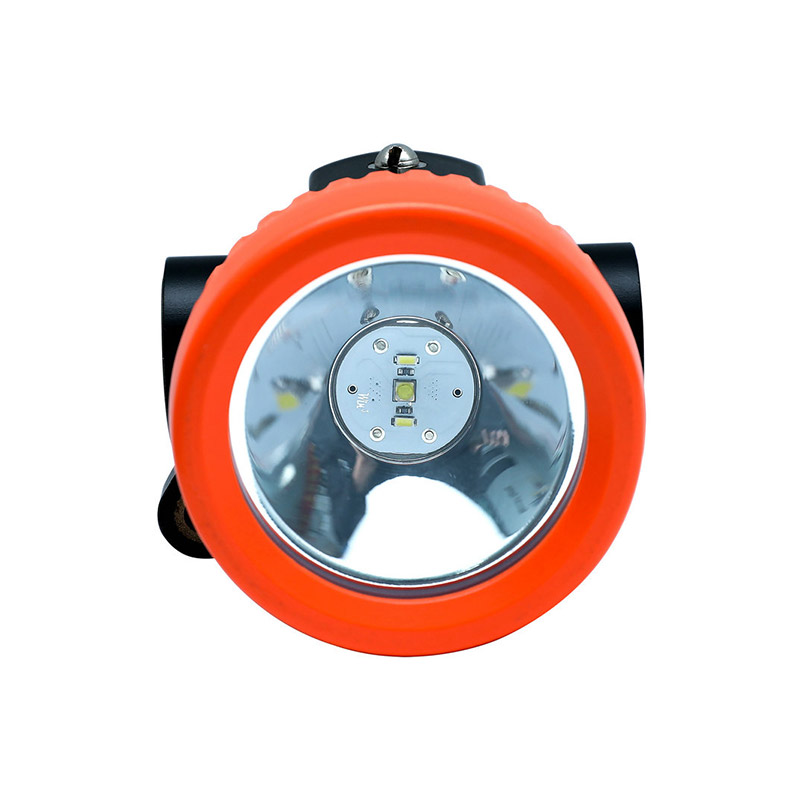A large proportion of the global mining industry operates in areas where explosive hazards are present, including underground coal wash plants and reclaim tunnels. This means that workers in these areas are at risk of ignitions and explosions, which could lead to injuries or fatalities.
In order to avoid these accidents, the mining industry has developed many different types of lamps that have been designed to minimise the risk of an explosion occurring. These lights are able to meet the strictest safety standards across different countries and jurisdictions, and are a vital part of any miner’s equipment.
There are many different types of safety lamps, but all work by preventing the burning of firedamp, which is a flammable gas that can be found in coal mines. Firedamp is a combination of methane and coal dust, and if it ignites, it can cause a deadly explosion.

The first lamp designed to prevent the burning of firedamp was invented by Dr. William Clanny around 1813 and was published in a paper to the Royal Philosophical Society. It consisted of a short glass section in the centre of the lamp with a gauze cylinder above it. The air drawn in through the gauze was then repelled into the flame inside the glass and prevented any firedamp from passing up through it.
It was also important that the flame didn’t get too hot, so Clanny developed an upper layer of mesh that cooled the flame to reduce the risk of heatstroke. He also included a metal bonnet that prevented the flame from being extinguished by prevailing winds and drafts in coal mines.
This design also made it difficult for coal dust to stick to the mesh. This was particularly important in reclaim tunnels, where it’s possible for flammable gas to build up over time and become trapped beneath the coal dust in these reclaim tunnels.
Another important feature of the safety lamp was the barometer, which allowed miners to detect if atmospheric pressure was low, indicating a high risk of firedamp seeping out from coal seams into the mine galleries. This information was invaluable, as it could prevent dangerous conditions from occurring.
Today’s lamps can come in two basic configurations: explosion proof or intrinsically safe (meaning that the lamp is designed to prevent firedamp from igniting). Intrinsically safe lights are not necessarily explosion proof and have been used to light coal mines for centuries.
There are many different kinds of lighting that can be used in a mine, from candles to small lanterns. Candles were mainly used in the early years of the industry, but these days LED technology is the preferred choice.
They can be battery operated, or run off a generator. Electric lanterns are lighter, more efficient, and have longer battery life than candle lanterns.
However, they are also more expensive than traditional lanterns, and their batteries need to be replaced regularly. They can also be dangerous to use in a mine as they could easily catch fire and cause an explosion.

 English
English Español
Español

